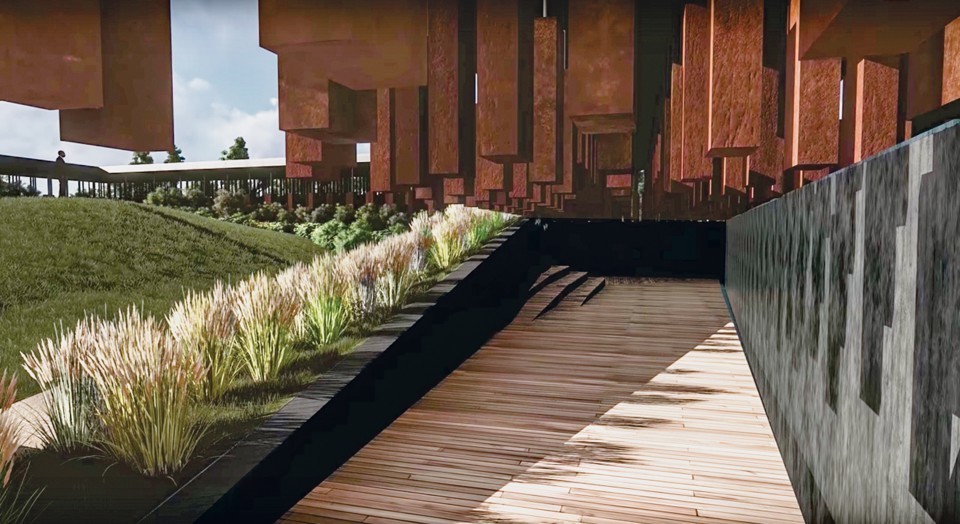 Those who cannot remember the past are condemned to repeat it. — George Santayana
Those who cannot remember the past are condemned to repeat it. — George Santayana
As a history nerd, I’ve always been interested in one of our past’s most scholarly dilemmas — how do you remember the dark side of history without glorifying it? Setting aside the issue of Confederate monuments, I have three examples of memorials that are sobering, thoughtful, and should be in everyone’s consciousness.
1. Berlin’s Holocaust Memorial — its proper name is the Memorial to the Murdered Jews of Europe. Picture almost five acres of rows of concrete slabs on a sloping field, 2711 of them, each seven feet ten inches long and three feet one inch wide, but varying in height from just under eight inches to fifteen feet five inches. Walk among them and, as they grow to the point of towering over you, feelings change from curiosity to unease to near-suffocation. (https://en.wikipedia.org/wiki/Memorial_to_the_Murdered_Jews_of_Europe, the photo is mine.)
2. This nations’ first ly nching memorial is scheduled to open in Montgomery, Alabama on April 26, 2018. The Equal Justice Initiative has been tallying the black Americans “hanged, burned alive, shot, drowned, beaten, or otherwise murdered by white mobs from 1877 to 1950”; the count now stands at 4,384. “The memorial’s design comprises 816 suspended columns, each representing a U.S. county in which EJI has documented lynchings, with the names of that county’s known victims inscribed.” The effect will be like walking through a forest of dangling…(well, you know what I mean). Replicas of the columns will border the memorial; the EJI is challenging the named counties to claim theirs to erect at home. (An excellent description, with this photo, is at https://www.theatlantic.com/magazine/archive/2017/11/a-national-monument-to-america-s-known-victims-of-lynching/540663/.)
nching memorial is scheduled to open in Montgomery, Alabama on April 26, 2018. The Equal Justice Initiative has been tallying the black Americans “hanged, burned alive, shot, drowned, beaten, or otherwise murdered by white mobs from 1877 to 1950”; the count now stands at 4,384. “The memorial’s design comprises 816 suspended columns, each representing a U.S. county in which EJI has documented lynchings, with the names of that county’s known victims inscribed.” The effect will be like walking through a forest of dangling…(well, you know what I mean). Replicas of the columns will border the memorial; the EJI is challenging the named counties to claim theirs to erect at home. (An excellent description, with this photo, is at https://www.theatlantic.com/magazine/archive/2017/11/a-national-monument-to-america-s-known-victims-of-lynching/540663/.)
3. What has it been like to live in a Syrian war zone? A traveling interactive sound exhibit gives people the opportunity to lie in shallow graves while hearing real stories of individuals killed in the conflict. “Across Syria, many gardens conceal the dead bodies of activists and protesters who adorned the streets during the early periods of the uprising. These domestic burials play out a continuing collaboration between the living and the dead.” Gardens Speak is the project of artist Tania El Khoury; it has recently appeared in Miami Beach, FL. (Watch the video at http://taniaelkhoury.com/gardens-speak/.)
But for the dead to be heard, somebody has to be listening.
